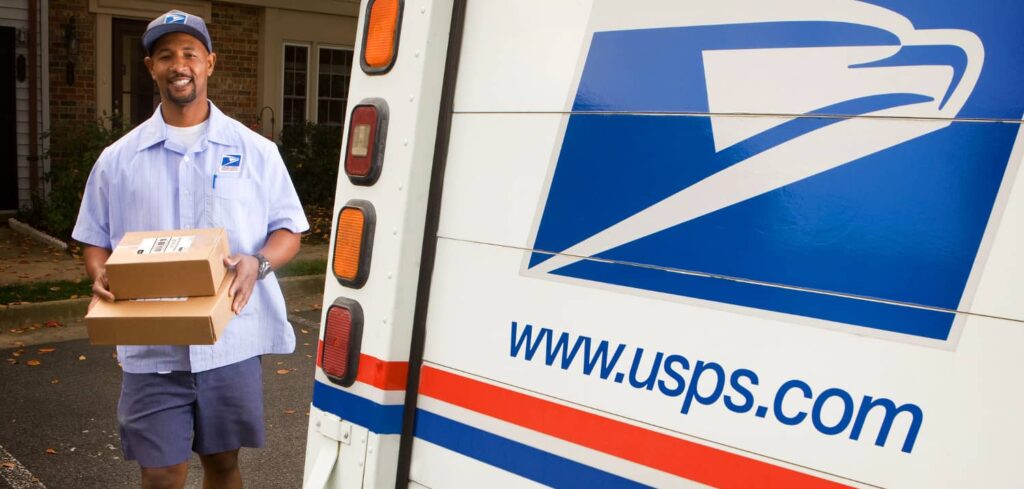As part of its Next-Generation Delivery Vehicle (NGDV) program, the US Postal Service (USPS) has ordered 50,000 delivery vehicles – 10,019 of which will be battery electric vehicles (BEVs).
The postal service placed the US$2.98bn order with vehicle manufacturer Oshkosh Defense. The NGDV program is designed to introduce safer and more environmentally friendly vehicles into the company.
Unlike the current long-life delivery vehicles (LLV) the NGDV will feature air conditioning, improved ergonomics and vehicle and safety technology – including 360° cameras, advanced braking and traction control, airbags, and a front-and rear-collision avoidance system that includes visual, audio warning and automatic braking. The vehicles will also have increased cargo capacity to maximize efficiency and better accommodate higher mail and package volumes.
It is expected the NGDVs will begin appearing on carrier routes in late 2023. The postal service has identified 10,019 specific delivery routes to apply the electric vehicles to. The NGDV program has been designed to enable future increases in the mix of BEVs should additional funding become available from internal or other sources.
Louis DeJoy, Postmaster General and CEO of USPS, said, “We are pleased to be moving forward with this much-needed investment in our fleet. We have determined that increasing our initial electric vehicle purchase from 5,000 to 10,019 makes sense from an operational and financial perspective. Many of our 190,000 delivery vehicles on the road are more than 30 years old and lack basic safety features which are standard in most vehicles today. The safety of the men and women of the Postal Service is our number one priority, and they have waited long enough for the NGDV.
“Today’s order demonstrates, as we have said all along, that the Postal Service is fully committed to the inclusion of electric vehicles as a significant part of our delivery fleet even though the investment will cost more than an internal combustion engine vehicle. That said, as we have also stated repeatedly, we must make fiscally prudent decisions in the needed introduction of a new vehicle fleet.”


